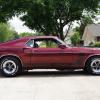Sign in to follow this
Followers
0

Toploader clutch adjustment help!!
By
prayers1, in 1969-70 Technical Forum

By
prayers1, in 1969-70 Technical Forum